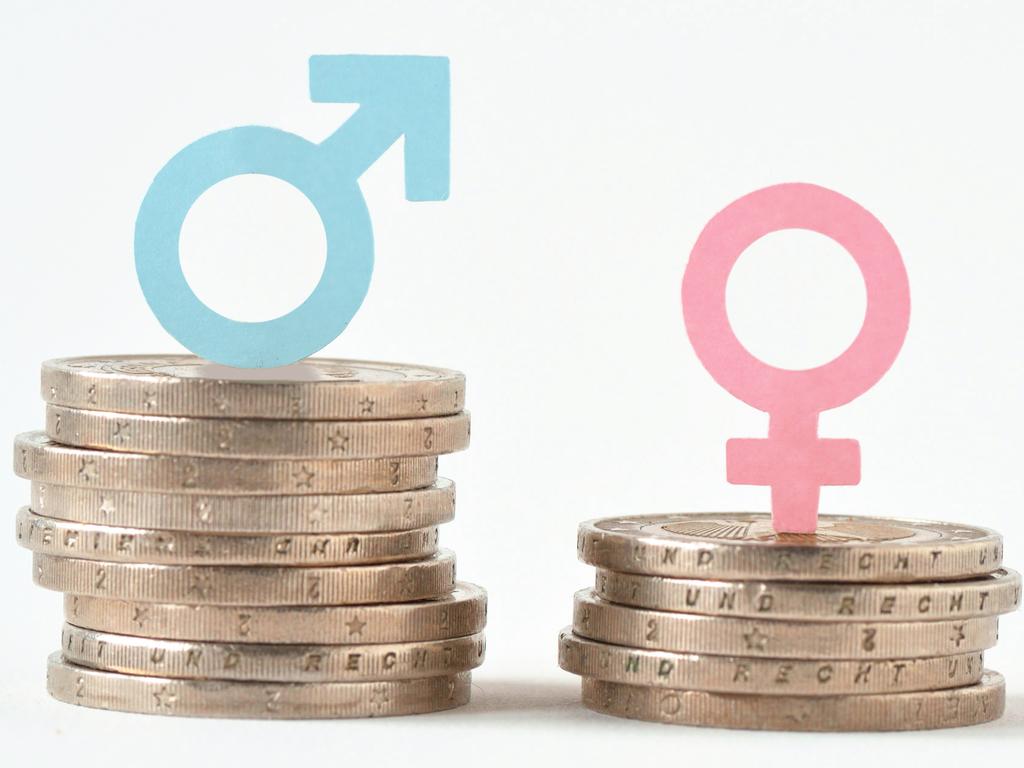What jobs are our most feminised?
Australia’s most feminised jobs include midwives, dental assistants, and veterinary nurses.

Australia’s most feminised jobs are midwives, early childhood teachers, dental assistants, child carers, beauty therapists and veterinary nurses, according to a new report prepared for the Fair Work Commission.
Providing what it calls “unprecedented detail” about gender segregation in Australia, the report finds these jobs are at least 96 per cent female, have high rates of part-time work, relatively low rates of pay, and are affected by national skill shortages.
In at least 15 of the 29 highly feminised categories, median hourly pay rates are low compared to the rates paid across the workforce. Median hourly pay was lowest for pharmacy sales assistants ($23.30), hairdressers ($27); clothing sales assistants ($27.20); child carers in childcare services ($28); and dental assistants ($28).
Median hourly rates were highest for nurse managers in hospitals ($64) and primary school teachers ($54.70).
The research by the University of NSW’s Social Policy Research Centre was sought by the commission to inform its work to promote workplace gender equality.
The Albanese government amended the Fair Work Act last year to enable the commission to act on its own initiative to vary award rates for reasons of work value – and to eliminate gender-based undervaluation – rather than respond to an equal remuneration case.
In a statement, commission president Adam Hatcher said the research had identified 144 detailed occupational classifications which were more than 60 per cent female, and together employed nearly 4.7 million workers.
The research report focused on a subset of 29 priority occupations which met three criteria: more than 10,000 people, more than 80 per cent female, and located within feminised industry classes
These occupations employ more than 1.1 million workers, constituting over 9 per cent of the workforce. The report suggests there are 13 modern awards used to set pay in the 29 occupations.
“Gendered earnings inequalities arise from a range of factors,” the report states. “However, the segregation of women and men into different occupations and industries is a key driver.
“Many jobs where large numbers of women are concentrated disproportionately feature among the lowest paid, underpinning earnings and wealth gaps.”
Lead researcher Associate Professor Natasha Cortis said the new list of highly feminised occupations was based on the best available data and pointed to the occupations and industries where the undervaluation of women’s work was most likely.
“Our analysis shows that many highly feminised occupations deliver essential education, care and support services. These are overrepresented among lower-paid occupations and all are affected by skill shortages,” Dr Cortis said.
“The skills used in care and support work are often assumed to be ‘natural’, derived from women’s traditional domestic and caring roles rather than valuable skills worthy of decent pay.”
Study co-leader Yuvisthi Naidoo said “women might have made progress toward receiving equal pay in the same settings as men, but this research shows that there are a range of feminised work settings which also contribute to the gender pay gap”.
The report will be considered in next year’s annual wage review.
“Recent decades have shown that gender segregation and the gender pay gap are very entrenched features of the labour market,” Dr Cortis said.
“We can expect to see an expanded role for gender equality in the Fair Work Commission’s decision-making processes. This has the potential to make a real difference for working women.”








To join the conversation, please log in. Don't have an account? Register
Join the conversation, you are commenting as Logout